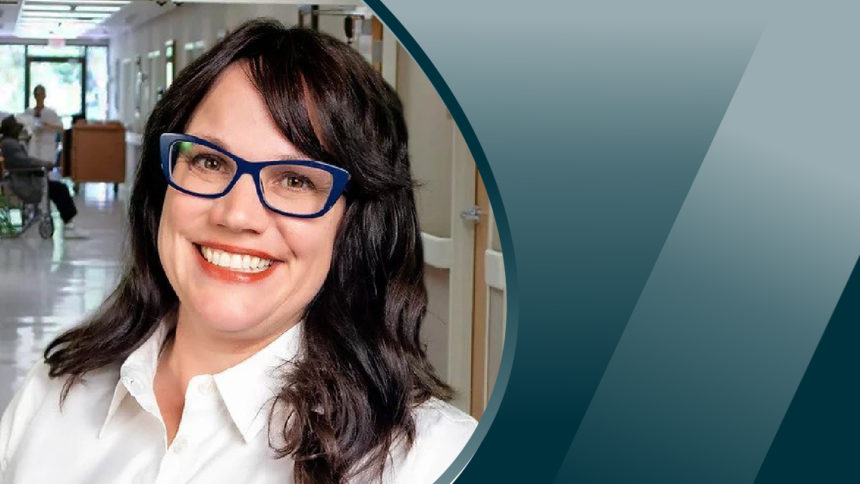
In the late 2010s, the long-term care industry began to take action that would reflect the growing importance of incorporating robust infection prevention practices. Facilities were required to develop an Infection Prevention and Control (IPC) program that included antibiotic stewardship and incorporated a part-time designated infection preventionist.
Even the language “infection prevention” was a shift from the former (still used) term of infection control. The subtle difference in these terms reflects the reactive nature of “control” and the proactive preparedness of “prevention.” While regulations began to take shape regarding the focus on IPC, the changes were designed to be enacted transitionally, in phases, to allow for facilities to adjust to the new protocols. Facilities were slow to implement, and the Centers for Medicare & Medicaid Services delayed regulatory enforcement.
Tragically, the global COVID-19 pandemic exposed the glaring IPC gaps, ultimately catapulting this underprepared industry into a catastrophic situation. Given the new regulatory requirements had only just begun, one would have expected the federal response to have been collaborative and supportive. However, in terms of solutions, facilities were left fighting the invisible enemy with little to no personal protective equipment, wide-ranging direction from different agencies, and increased inspection and regulatory enforcement.
A record number — $15 million worth — of Civil Monetary Penalties (fines) were handed down to “poor performing” facilities. For context, other healthcare settings such as hospitals had their annual regulatory surveys suspended, while in long-term care, inspections, surveys and punishment increased. This is often the federal response towards this industry. Punishment, fines, crackdowns!
Sadly, it is often the poorest of the poor in underserved geographic locations that get hurt the most. Not only would I argue that this approach is harming, not helping, the dedicated and heroic staff trying to implement safe and effective care, but I can also easily say these measures are not the solution to safer and healthier residents. And isn’t that what matters here?
While the public health emergency has officially ended, the crisis in long-term care has not. COVID-19, despite exorbitant fines, has contributed to nearly 3 million infections and 165,000 resident and healthcare worker deaths. So, where do we go from here? Are we going to continue throwing down the hammer on a severely crippled industry? Or can we use this dark season to advance practices including IPC?
We must continue to ask how the safest and highest quality of care can be delivered to this vulnerable population. The understaffing, the burnout, the stress-filled environments that seize our healthcare workers is creating a chasm between providing care and the fundamental survival of the industry. When we can set up the staff for success, staff accordingly, train, educate, and support them, then everything changes, and the residents get the care and dignity they so vehemently deserve.
A silver lining to the global pandemic is that funding has been made available for collaborative support for long-term care facilities. The CMS Quality Improvement Networks-Quality Improvement Organizations (QIN-QIO) offer facilities remote and in-person support in navigating COVID-19 outbreaks, vaccinations, and data reporting. Many state health departments also offer in-person infection prevention and control assessments and support (see links below to contact your local supportive resources).
We must continue to prioritize this type of engaging and collaborative support. We must also continue to prioritize the dedicated staff that are committed to staying in this wounded healthcare system. Join any long-term care Facebook group and you will see how burned out the staff are and how many hate their jobs. Many stay because they don’t believe they have any other options. I believe we can do better than this for these dedicated individuals. This is a call to all facility owners in ensuring that you first have a dedicated leadership team. Is your administrator and director of nursing mission-driven and committed to ensuring the highest quality of care is delivered to your residents? Are they committed to ensuring the staff are well supported and have the tools and resources that they need to be successful? The tone and commitment of the leadership impacts everything else.
I believe change is possible and I’m not naïve that it’s going to take time. However, as I see it, we can’t do business as we always have. “Cracking down” cannot be the message. It must be to build up. It is only in this way that change will be lasting and people will actually be drawn to work in long-term care instead of running from it.
To locate your CMS QIN-QIO: https://qioprogram.org/locate-your-qin-qio
To locate your State HAI department: https://www.cdc.gov/hai/state-based/index.html
Buffy Lloyd-Krejci, DrPH, CIC, is the founder of IPCWell. Drawn to action to improve the infection prevention landscape for these communities, she utilized her over two decades of experience in the healthcare field and her doctorate in public health (DrPH) to launch IPCWell. Dr. Buffy and her team have provided training, education, and technical assistance (both in person and virtually) to hundreds of congregate care facilities throughout the COVID-19 pandemic.
The opinions expressed in McKnight’s Long-Term Care News guest submissions are the author’s and are not necessarily those of McKnight’s Long-Term Care News or its editors.




